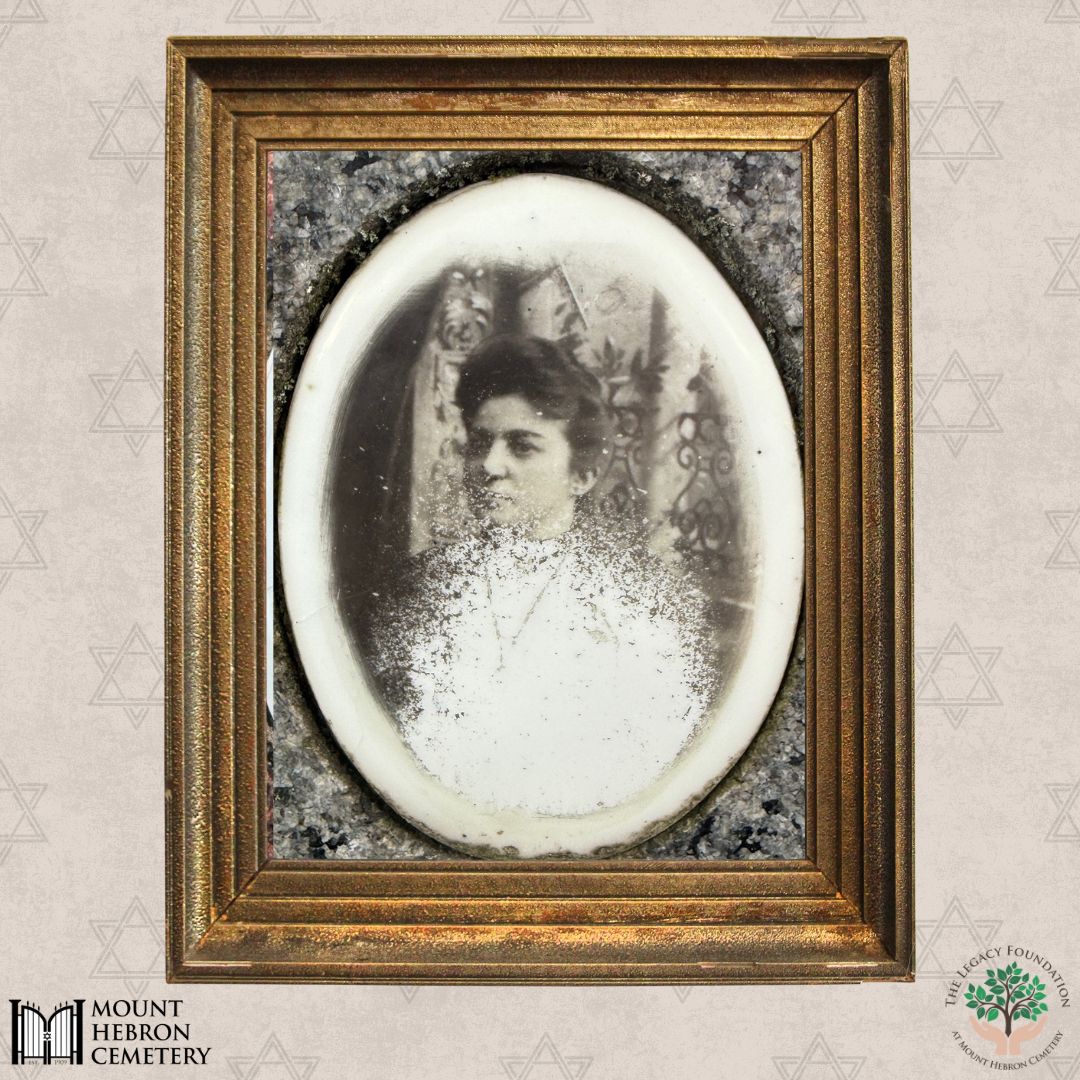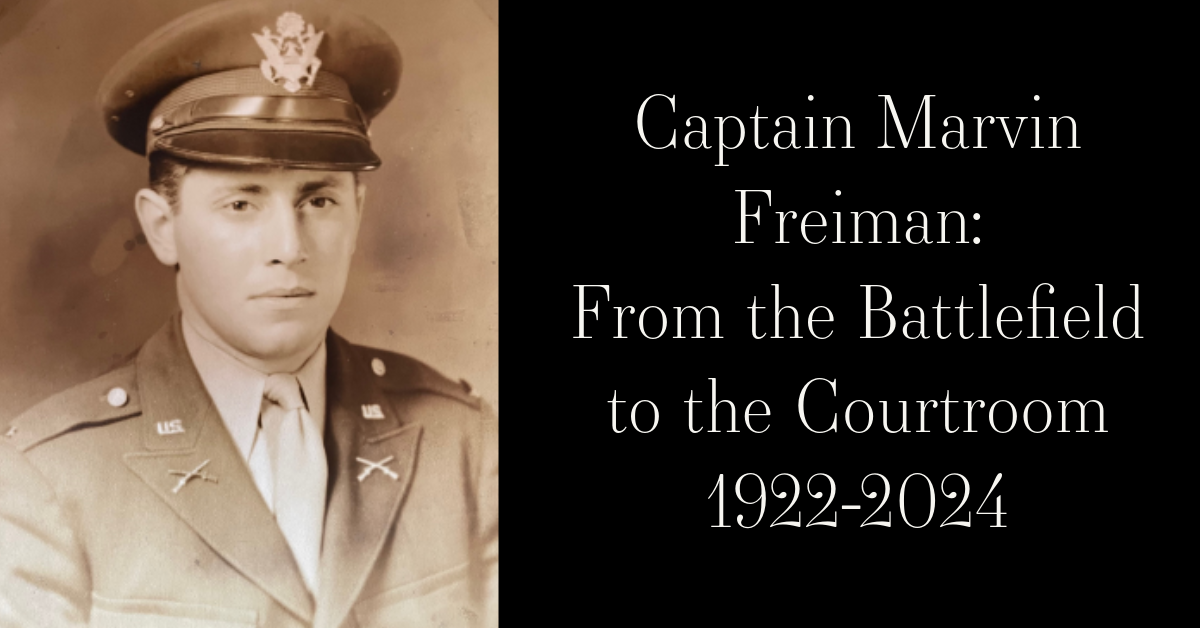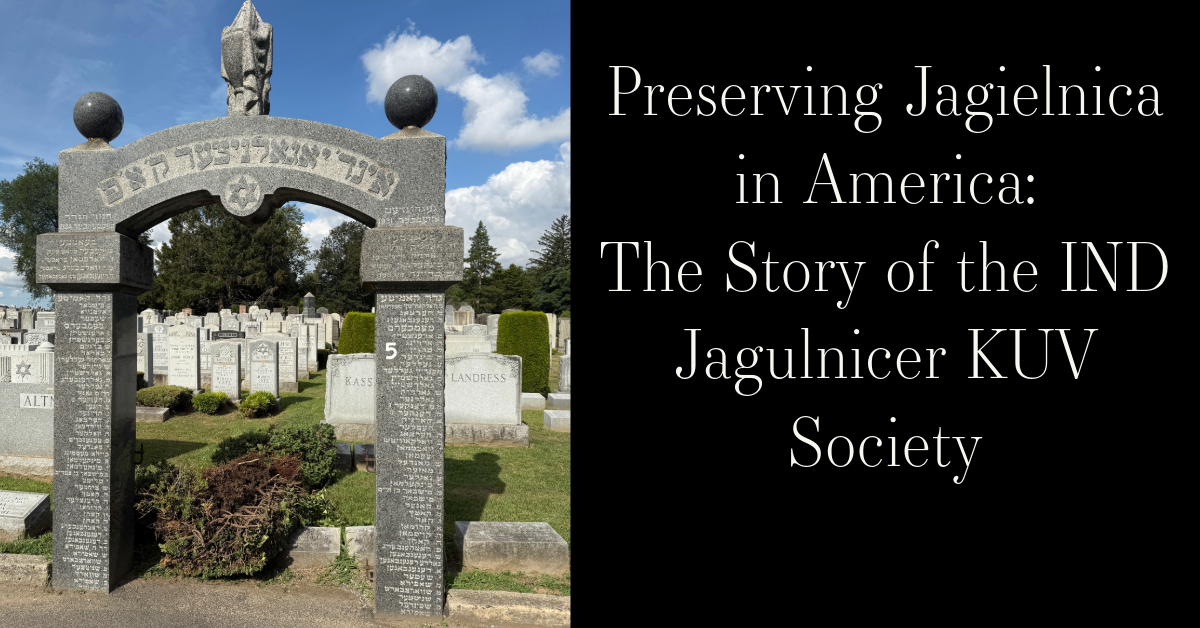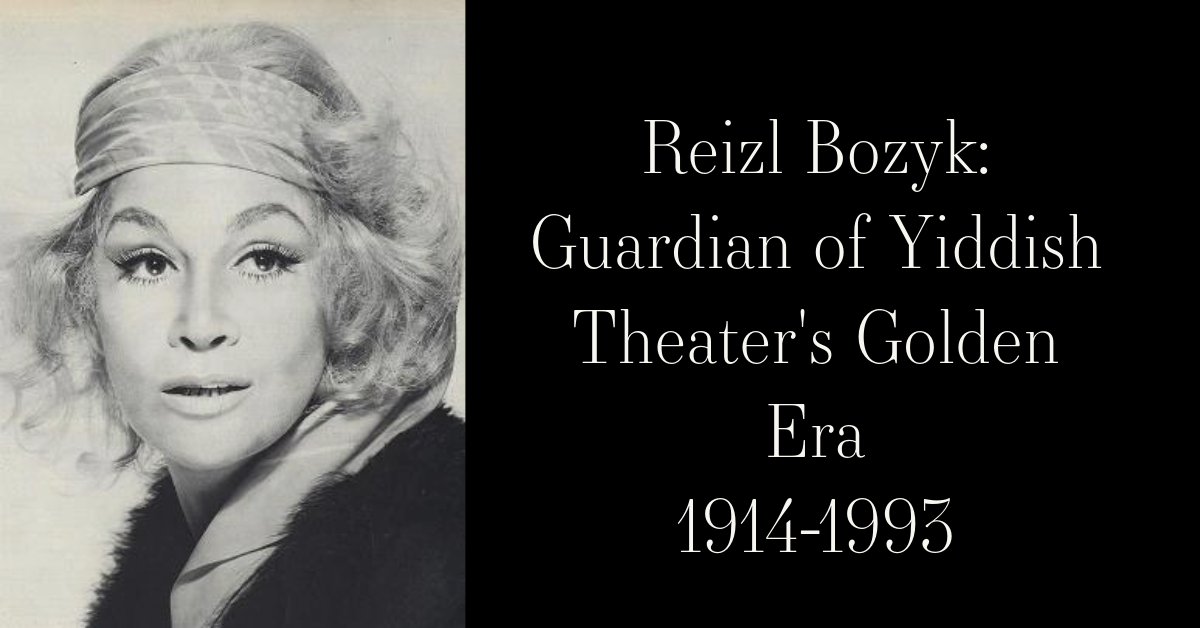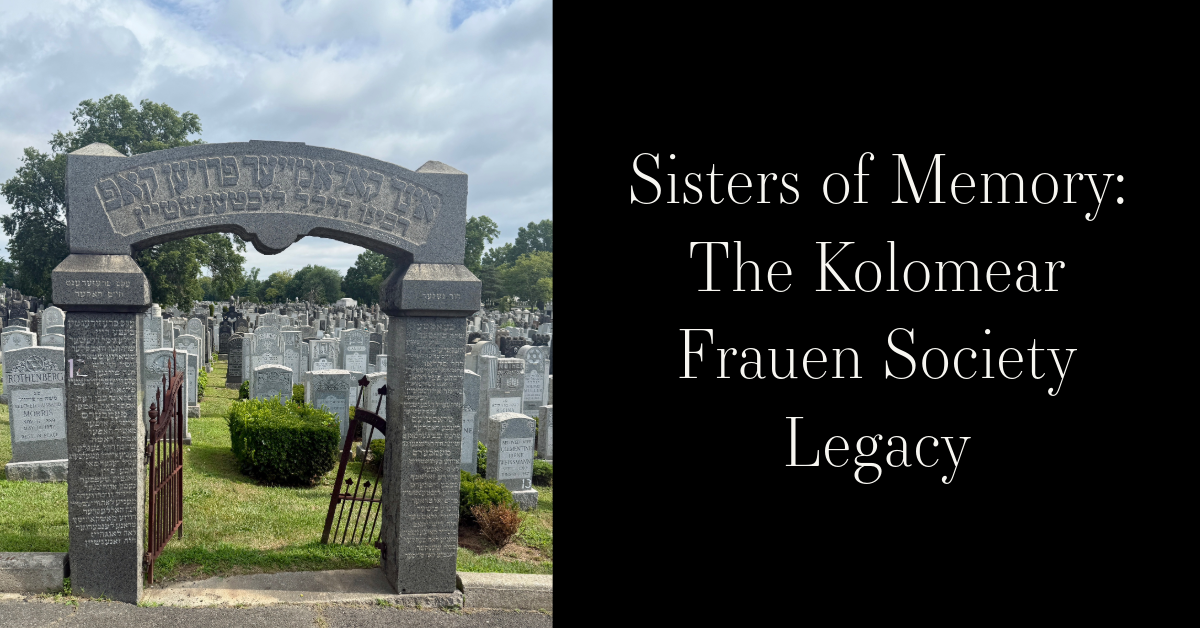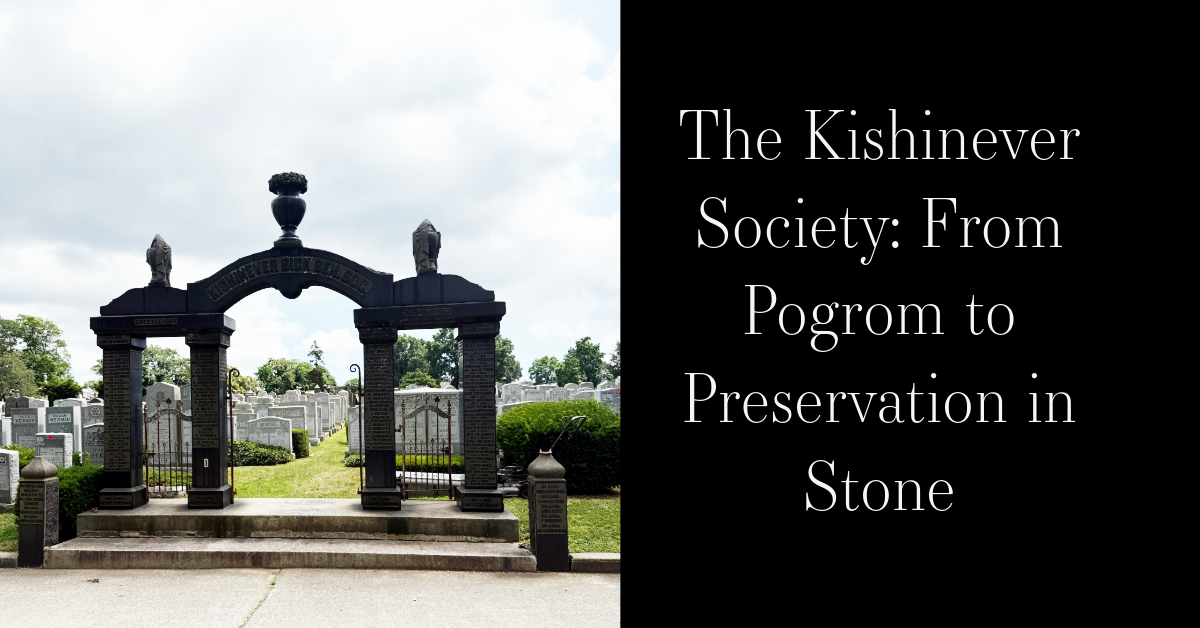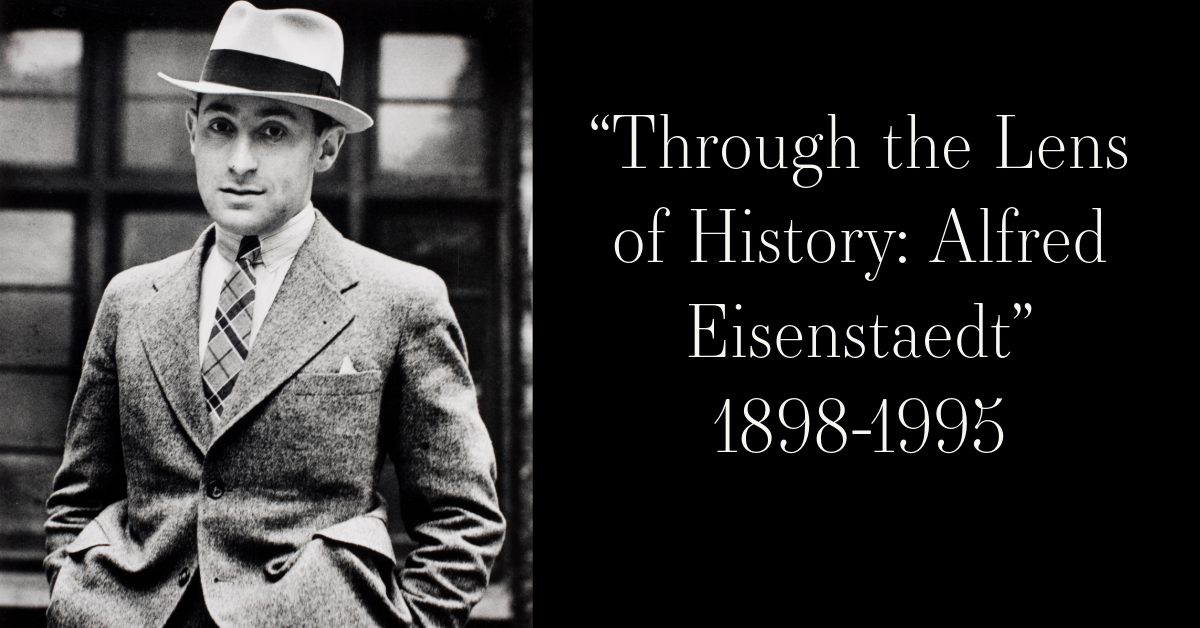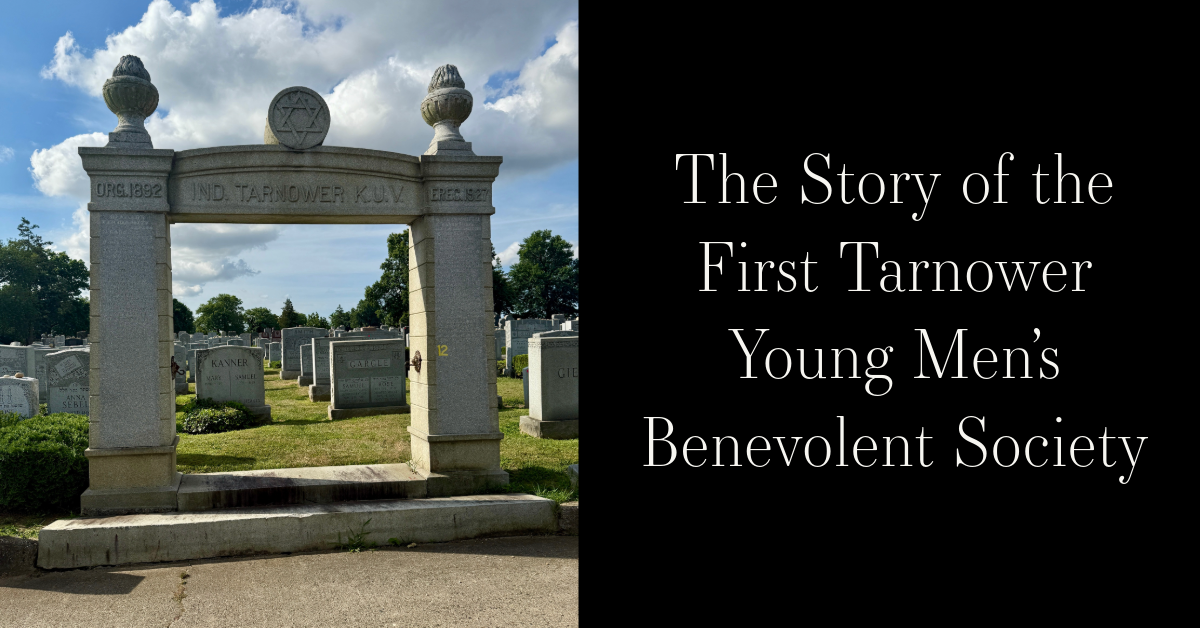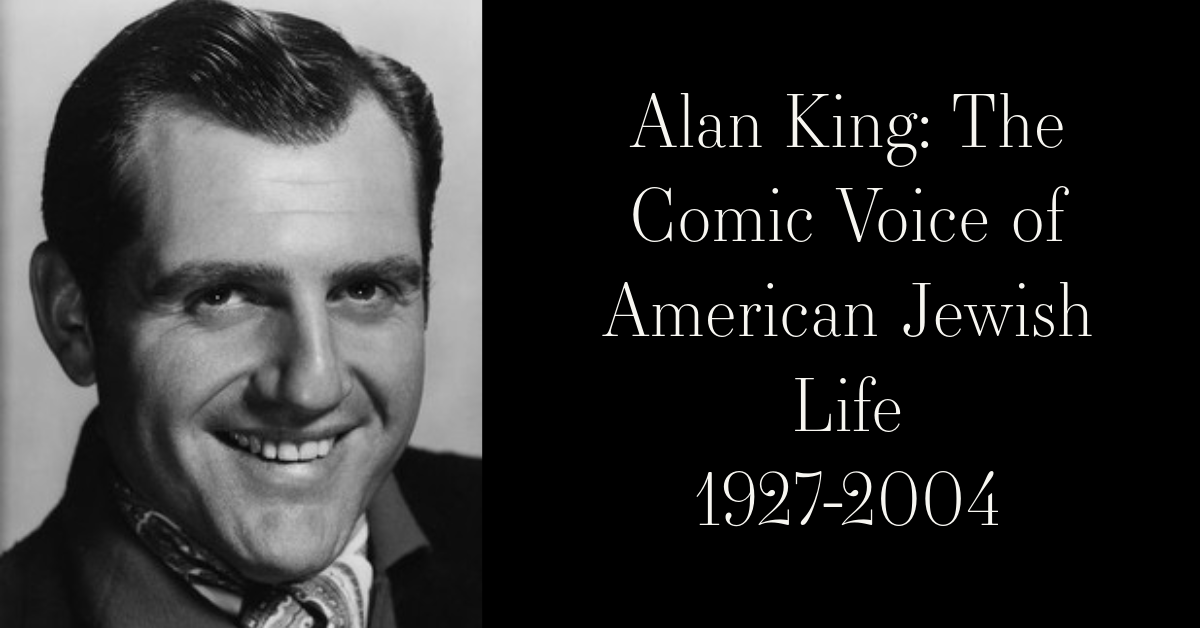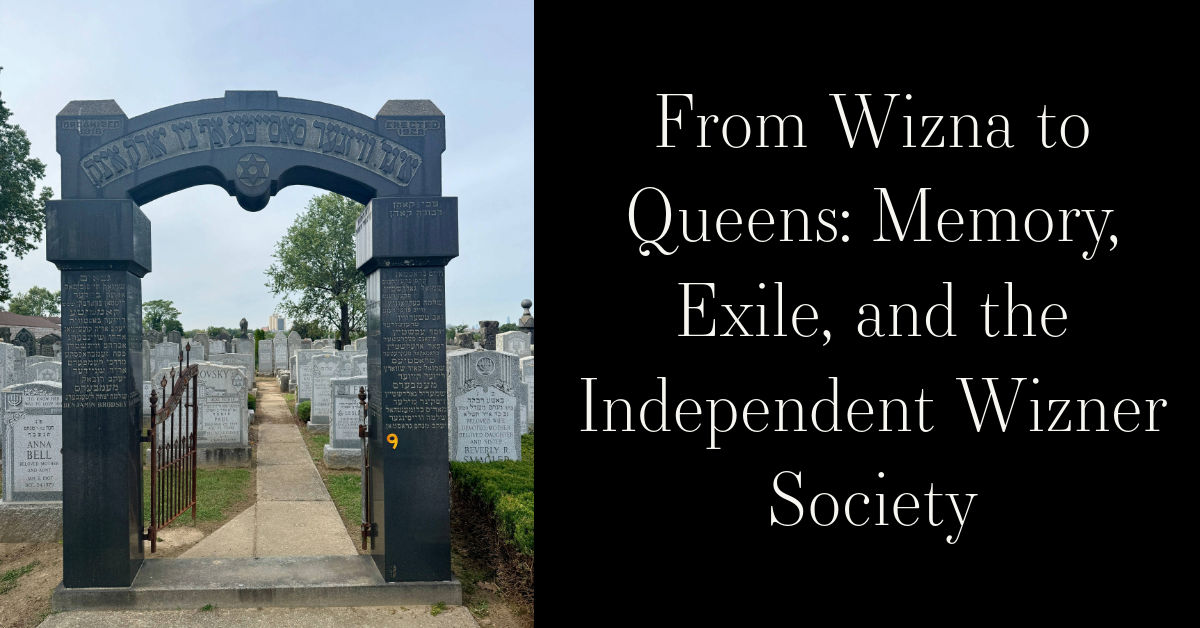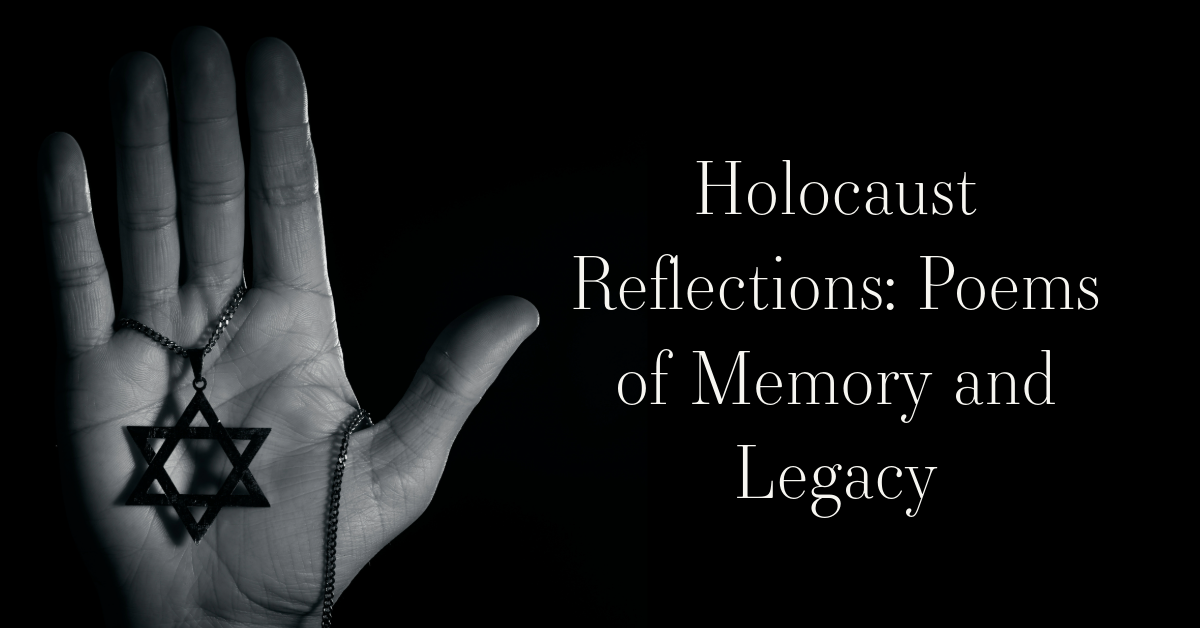Story Summary:
The Independent Czortkower Ladies Benevolent Association was a Jewish women's mutual aid society formed in New York in 1905 by immigrants from Czortkow, a town in present-day Ukraine. At a time when women's roles were largely limited to the home, these pioneering women organized to provide financial assistance, burial support, and community care for fellow Czortkowers. The society reflected both the strong communal traditions of Eastern European Jewry and the growing participation of women in public and philanthropic life. Though the society eventually dissolved, its existence stands as a powerful testament to female leadership, cultural continuity, and the enduring bonds of memory and shared origin. ~Blog by Deirdre Mooney Poulos
Czortkower Ladies: A Legacy of Strength and Remembrance
In the early 20th century, the small town of Czortków, now Chortkiv in western Ukraine, was home to a vibrant Jewish community rooted in centuries of tradition. Czortków had long served as a cultural and spiritual center in Eastern Galicia. Jewish families lived under the shifting regimes of Austrian, Polish, and later Soviet control, yet they sustained a resilient communal life. Grounded in education, religious study, local trade, and close family ties, the Jews of Czortków managed to preserve their identity through periods of profound political change and instability. But as the pressures of poverty, persecution, and antisemitism intensified at the turn of the 20th century, many sought new lives across the ocean. Among those who emigrated were women who did not just aim to survive, but to lead.
In 1905, a remarkable group of women from Czortków established the Independent Czortkower Ladies Benevolent Association in New York City. At a time when Jewish women's roles were largely confined to domestic life, these immigrant women organized one of the earliest formal Jewish women's mutual aid societies. They incorporated the association to provide practical support for those in need—aid for the sick and elderly, burial services for members, and assistance for newly arrived immigrants navigating American life. Their society did more than meet basic needs. It recreated, in diaspora, the social and spiritual bonds they had left behind. Through meetings, charitable work, and cultural activities, the Czortkower Ladies nurtured a space of solidarity and continuity. They were not only caretakers of memory but also builders of institutions that protected and sustained Jewish life in unfamiliar surroundings.
Back in Czortków, Jewish life persisted despite growing threats. The town had been home to thriving synagogues, Hasidic courts, schools, and cultural societies. Its Jewish residents contributed to every facet of local life while preserving their distinct religious and communal traditions. Yet they lived in the shadow of antisemitic policies and violence. Pogroms during the collapse of the Austro-Hungarian Empire and the Polish-Ukrainian War of 1918 to 1919 brought terror and destruction. The interwar Polish state placed new restrictions on Jewish businesses, education, and worship. Still, Jewish women in towns like Czortków began to break longstanding boundaries. They enrolled in gymnasiums, joined Zionist youth groups, organized politically, and increasingly made their voices heard. These changes mirrored broader shifts in Jewish Europe, where traditional gender roles were evolving even amid growing repression.
Then came the catastrophe. In July 1941, German forces invaded Czortków. More than 3,000 Jews were forced into a ghetto. What followed were waves of deportations to Belzec extermination camp and mass executions in the forests nearby. The wooden synagogues were desecrated. Jewish homes were destroyed. By 1943, nearly all of Czortków’s Jewish population had been murdered. Among the victims were women who had been teachers, midwives, scholars, and leaders. Some may have been relatives or acquaintances of the Czortkower Ladies who had long since settled in New York, building a new life while never forgetting the one they left behind.
Though far removed from the horrors of Nazi-occupied Europe, members of the Czortkower Ladies Benevolent Association would have learned of the devastation through community networks, synagogues, and landsmanshaftn bulletins. Like other societies rooted in Eastern European towns, they may have raised funds for refugees, organized memorial events, and erected monuments to honor the dead. Their burial section, most likely located in Queens or Brooklyn, became sacred ground—marked with headstones and possibly a commemorative plaque that bore witness to both memory and survival. These spaces served as places to mourn, but also to affirm that their legacy, and the legacy of Czortków’s Jewish community, would not be forgotten.
One of the most powerful aspects of Holocaust history is the role of women in the resistance. In ghettos across Poland and Ukraine, Jewish women took on vital roles as couriers, smugglers, and organizers. Able to move with fewer restrictions than men, they carried weapons, documents, and news between ghettos and across enemy lines. They saved lives, passed messages, and, in many cases, gave their own lives in the effort to defy annihilation. In Czortków, a few Jews escaped into nearby forests to join partisan units, but most were killed. These stories of resistance echo the courage and commitment shown decades earlier by the women of the Czortkower Ladies, who had already shown what it meant to step into public life, organize their peers, and lead with care and strength.
By the 1960s or 70s, the Independent Czortkower Ladies Benevolent Association likely dissolved, as many landsmanshaftn did. The children and grandchildren of its members had assimilated into American life, and the immigrant generation passed on. Yet the society’s impact endured. At a time when Jewish women had few institutional roles, they created one for themselves. They built a space of belonging, offered real support, and preserved the stories of a town that would otherwise have vanished without a trace.
Today, their burial section remains a quiet but powerful testament to their work. Among the names etched in stone are the voices of women who stood at the crossroads of two worlds, refusing to let either be lost. The Czortkower Ladies were not merely survivors. They were stewards of memory and architects of resilience. Their story is not a footnote in the history of Jewish immigration. It is a central example of how compassion, leadership, and community can bridge continents and outlast even the most profound loss.
~Blog by Deirdre Mooney Poulos
Work Cited:
KehilaLinks – Czortków Jewish Community History
https://kehilalinks.jewishgen.org/suchostaw/sl_czortkow.htm
KehilaLinks – Czortkower Landsmanshaftn in the United States
https://kehilalinks.jewishgen.org/Suchostaw/sl_czortkow_landsmanshaftn.html
Czortków Memorial Book (Yizkor Book) – History of the Jews of Czortków by Mordechai Silberg
https://www.czortkow.org.il/en/site_pages/history-of-the-jews-of-czortkow-by-mordechai-silberg
Yad Vashem – The Untold Stories: Chortkiv (Czortków)
https://collections.yadvashem.org/en/untold-stories/community/15028827
JewishGen – Yizkor Book Project & KehilaLinks
https://www.jewishgen.org/Yizkor/
United States Holocaust Memorial Museum – Women in the Resistance
Educational material on the role of women in Holocaust resistance movements.
https://encyclopedia.ushmm.org/content/en/article/women-in-the-resistance



